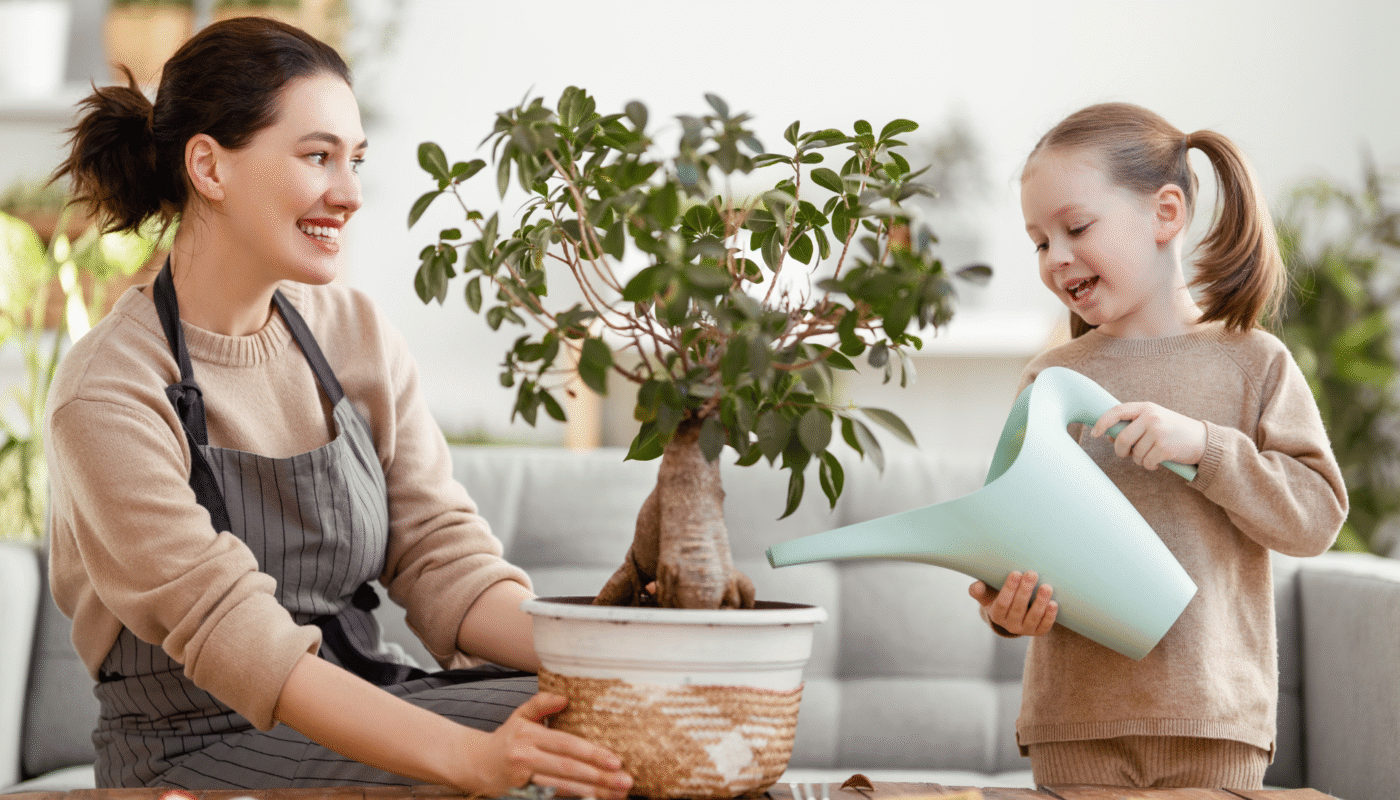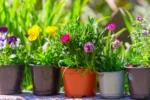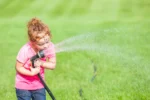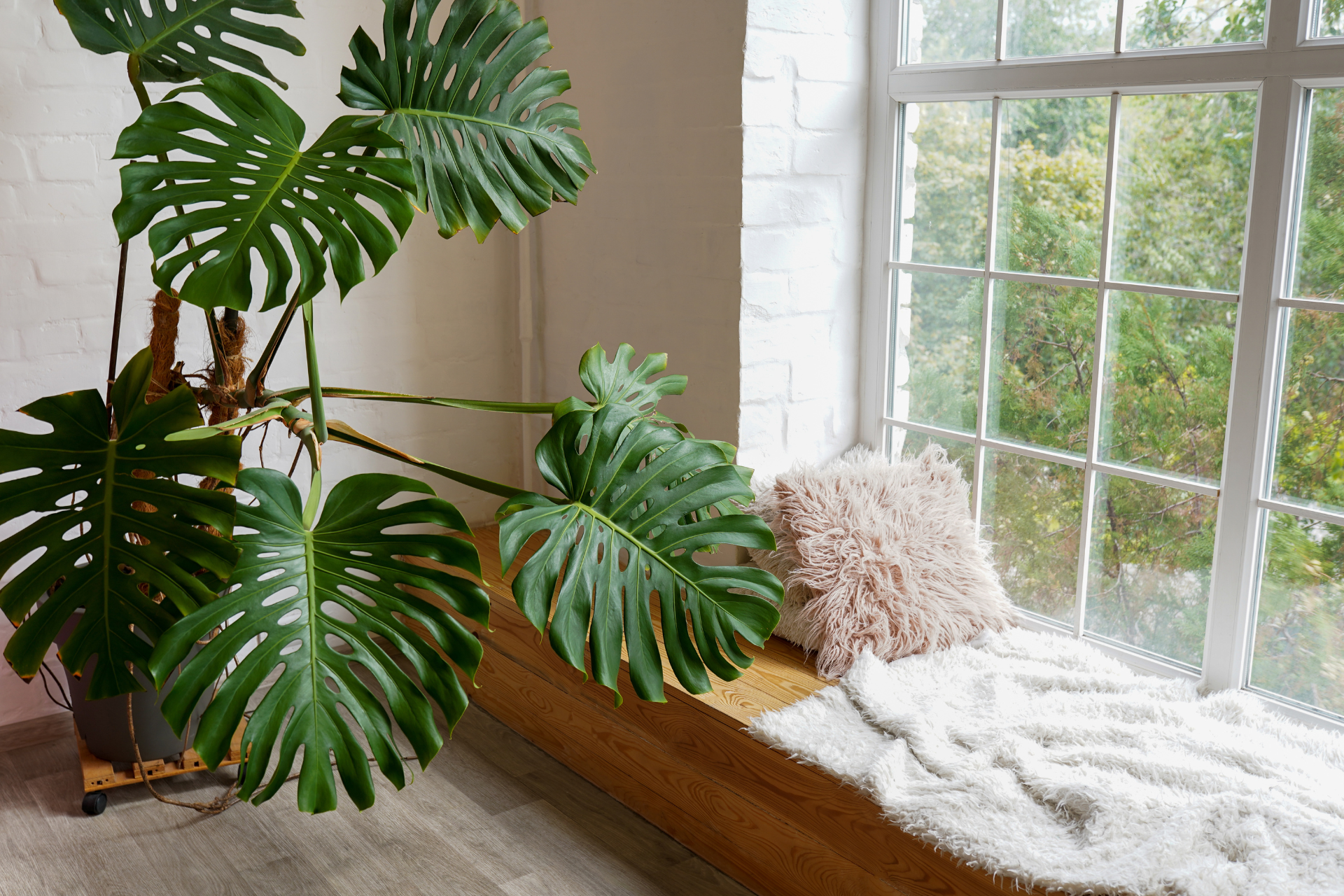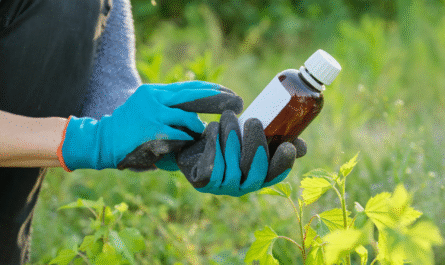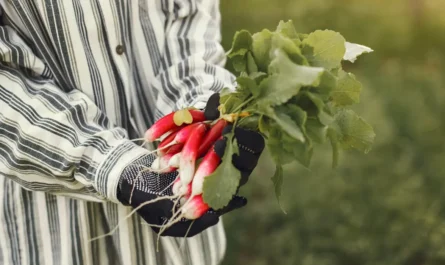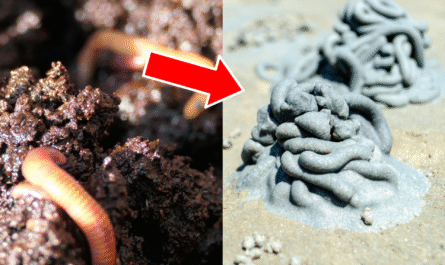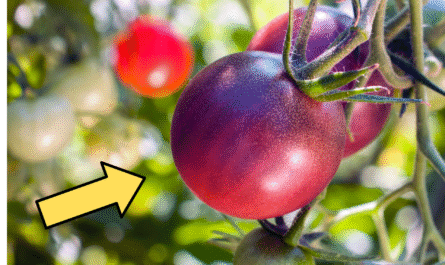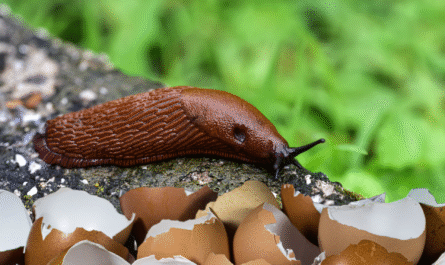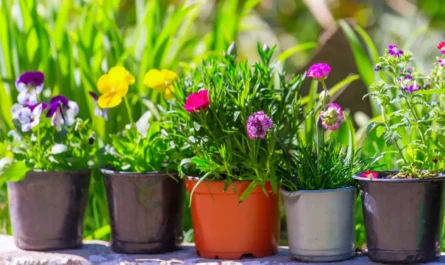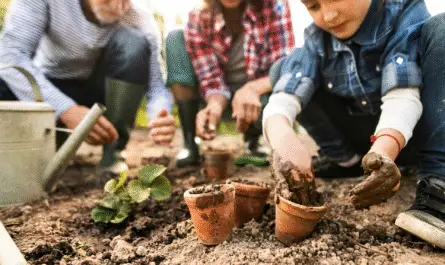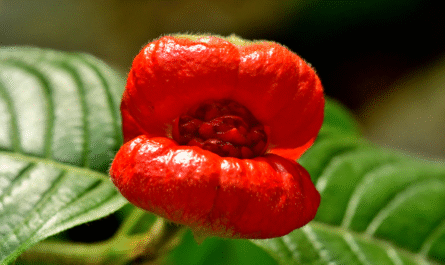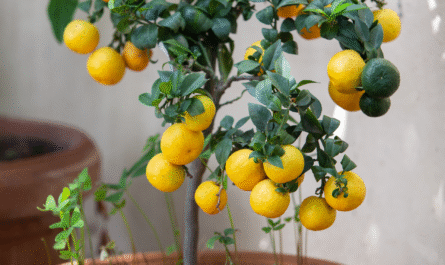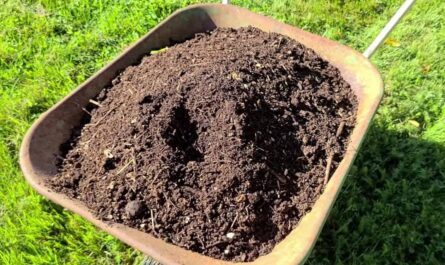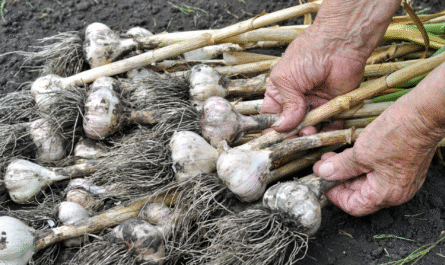How to care for indoor plants is one of the most commonly asked questions by new and seasoned plant lovers alike. Indoor plant care requires more than just occasional watering.
Understanding the environment your houseplants thrive is crucial to keeping them healthy and vibrant. Whether you’re looking for the best ways to care for houseplants or tips for keeping indoor plants alive, this guide breaks it down clearly.
From light and watering schedules to pruning, humidity, and pest control, we cover everything you need to know about how to grow indoor plants successfully.
How to Care for Indoor Plants
1. Light: Requirement
Light is perhaps the most essential element for successful indoor plant care. Most houseplants originate from tropical and subtropical regions where sunlight is filtered through forest canopies.
This means they often prefer bright but indirect light. Understanding the light needs of your indoor plants is the first step to keeping them alive and thriving.
Plants like snake plants, pothos, and ZZ plants can tolerate low-light conditions, making them perfect for darker spaces. On the other hand, succulents, fiddle leaf figs, and bird of paradise plants need brighter light and should be placed near windows where they can soak in the sun without direct exposure that may scorch their leaves.
You can assess your space by observing how light moves through it throughout the day. South-facing windows typically provide the most intense light, while east and west-facing windows offer moderate light.
Use sheer curtains to diffuse direct light and rotate plants regularly so all sides receive equal exposure.
Artificial lighting can also supplement natural light. LED grow lights are a practical solution for dim rooms, especially in winter when natural sunlight is scarce. They come in full-spectrum options that mimic natural sunlight and help maintain healthy growth year-round.
Inadequate lighting can lead to leggy growth, yellowing leaves, and stunted development. Watch your plants closely for signs of too much or too little light, and adjust their placement as needed.
2. Watering Schedule
Watering is a critical aspect of indoor plant care, but it’s also one of the most common areas where people go wrong. Overwatering is the leading cause of houseplant death. The key is to understand each plant’s specific water needs and establish a schedule that mimics its natural habitat.
Most indoor plants prefer their soil to dry out slightly between waterings. Plants like succulents and cacti need even less frequent watering since they store water in their leaves. Tropical plants like ferns and calatheas, however, prefer consistently moist soil without being soggy.
A good rule of thumb is to check the top inch of soil with your finger. If it feels dry, it’s likely time to water. Always use pots with drainage holes to prevent water from accumulating at the bottom and causing root rot.
Be mindful of seasonal changes. Plants typically need less water in winter when they enter a dormant phase and more during active growth in spring and summer. Keep a simple plant journal or reminder system to track watering frequency.
Water quality also matters. Tap water with high chlorine or fluoride levels can be harmful to some sensitive plants. Consider using filtered water or letting tap water sit for 24 hours before use.
When to Water Your Indoor Plants
Timing depends on plant type, pot size, season, and indoor conditions. Some signs your plant needs water include drooping leaves, dry soil, or lighter pot weight. Conversely, signs of overwatering include yellow leaves, mushy stems, and mold on the soil surface.
Check each plant individually rather than watering everything at once. Grouping plants with similar needs together can help simplify care.
How to Water Your Indoor Plants
When watering, pour until it runs out of the bottom. This ensures the roots are properly soaked. Empty saucers afterward to avoid standing water.
For small plants or succulents, bottom watering—placing the pot in a shallow tray of water—can be effective. The soil will draw up moisture through the drainage holes.
Avoid splashing water on leaves, especially for fuzzy-leafed plants like African violets, as this can cause spots or rot. Use a watering can with a narrow spout for precision.
Water in the morning to allow leaves and soil to dry during the day, which helps prevent fungal growth.
3. Potting and Soil Requirements
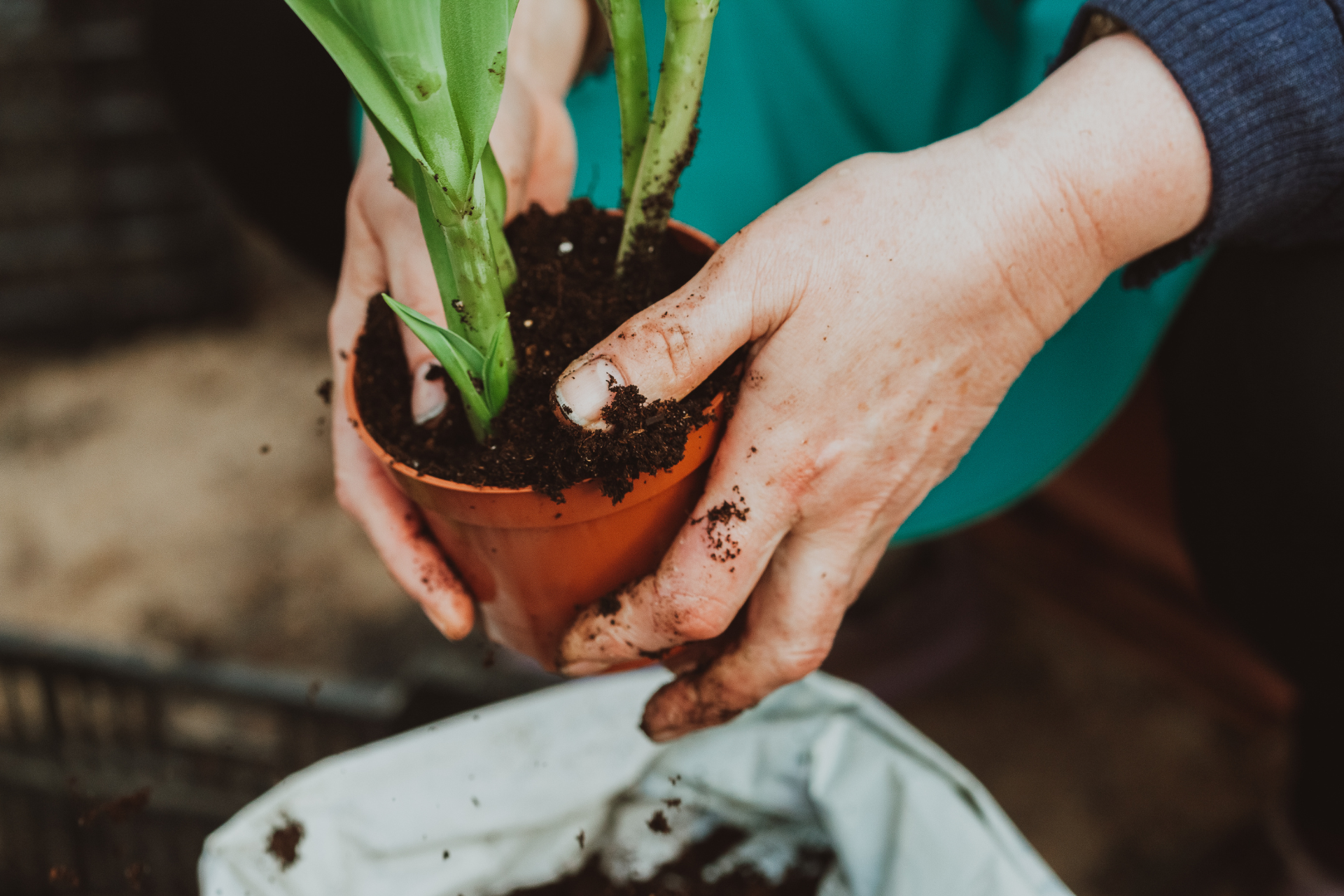
Choosing the right soil and pot is foundational to plant health. Not all plants can thrive in the same type of soil. Proper drainage, aeration, and nutrient content are all important factors in how to care for potted plants.
Standard indoor potting mixes work for many houseplants, but specific types like succulents, orchids, and African violets need specialized soil. For example, cactus and succulent soil is sandy and fast-draining, while orchid bark allows air to circulate around the roots.
The pot size and material also matter. Clay pots are breathable and help excess moisture evaporate, but they dry out faster. Plastic pots retain moisture longer and are lighter but offer less breathability.
Choose a pot slightly larger than the root ball to allow for growth without overwhelming the plant with too much soil.
Good potting soil should be loose and rich in organic matter. Avoid using garden soil indoors, as it may compact and harbor pests or diseases. Add perlite or pumice to improve drainage if necessary.
When repotting, take care not to damage the roots. Always use fresh soil and ensure the new pot has adequate drainage.
How to Repot Indoor Plants
Repotting is an essential part of indoor plant care. It gives your plants more space to grow and refreshes their nutrient supply. A plant may need repotting every 12–18 months or when roots outgrow the current pot.
Start by gently removing the plant from its old pot. Tap the sides or squeeze the pot if it’s flexible. Loosen the root ball and prune away any dead or mushy roots. Place the plant in its new pot with fresh soil, filling in around the roots and pressing lightly.
Water thoroughly after repotting and place the plant in a location with indirect light for a few days while it adjusts. Repotting is best done in spring or early summer during the plant’s active growth phase.
4. Pruning Houseplants
Pruning keeps your houseplants healthy and aesthetically pleasing. It removes dead or damaged leaves, encourages new growth, and helps manage size and shape.
Use clean, sharp scissors or pruning shears to prevent the spread of disease. Trim just above a leaf node to stimulate branching. For trailing plants like pothos or philodendrons, regular pruning encourages bushier growth.
Remove yellowing or browning leaves as soon as you notice them. Not only do they detract from the plant’s appearance, but they can also attract pests or disease.
Pinching back new growth can promote fuller, more compact plants. For example, herbs like basil benefit from frequent pinching to avoid legginess.
Be cautious with flowering plants. Pruning at the wrong time can remove buds. Always check the plant’s specific needs before pruning.
5. Humidity Requirements for Your Indoor Plants
Humidity plays a significant role in how to keep indoor plants alive, especially tropical varieties. Many houseplants prefer humidity levels between 40 and 60%, which can be a challenge in dry indoor environments.
To increase humidity, group plants together to create a microclimate. Use a humidifier in particularly dry rooms, especially during winter. Misting can help temporarily, but it isn’t always effective for long-term needs.
Placing plants on a tray filled with pebbles and water can also boost humidity. As the water evaporates, it creates a moist environment around the plants.
Monitor humidity levels with a hygrometer and adjust accordingly. Dry air can lead to browning leaf tips, crispy edges, and slowed growth.
Avoid placing humidity-loving plants near vents, heaters, or drafts, which can dry them out quickly.
6. When to Apply Fertilizer
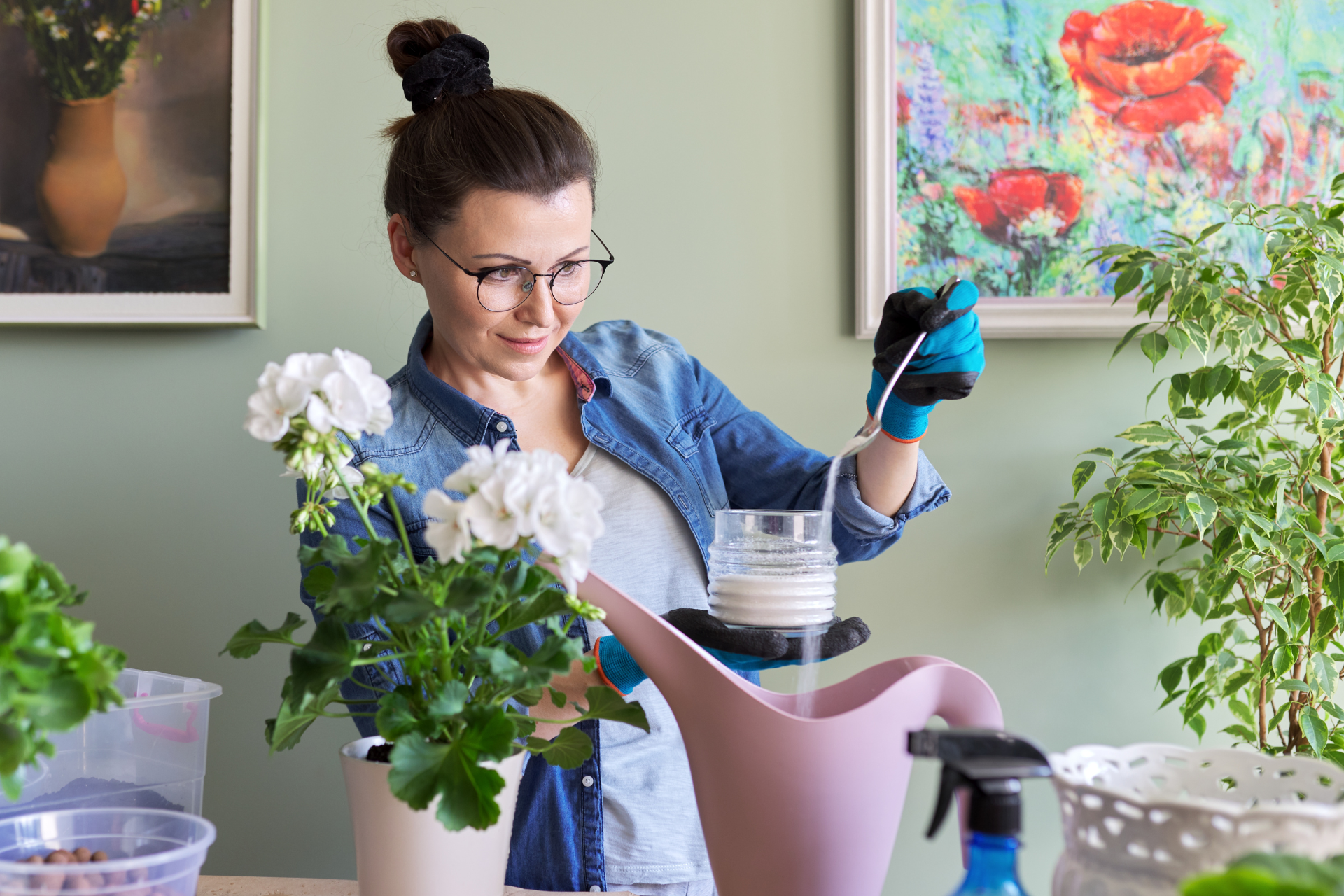
Fertilizing keeps your indoor plants nourished and supports healthy growth, but more is not always better. Apply fertilizer only during the active growing season, typically spring and summer.
Use a balanced, water-soluble fertilizer for most houseplants. Dilute it to half strength to avoid overfeeding, which can damage roots and foliage. Plants like succulents and cacti need less frequent feeding.
How to Apply Fertilizer
Feed plants every 4–6 weeks during growth periods. Always water before fertilizing to avoid burning the roots. Choose the right type for your plant, some may benefit from specialized formulas like orchid food or cactus mix.
Slow-release fertilizers are another option, especially if you prefer less frequent applications. These release nutrients gradually over time and are easy to use.
Be sure to stop feeding in fall and winter when plants are typically dormant.
How to Take Care of Your Indoor Succulent Plants
Succulent care might seem simple, but there are specific techniques that make a huge difference in their health and appearance. If you’re wondering how to care for potted plants like succulents, follow these five essential tips for success:
1. Use the Right Soil
Succulents thrive in fast-draining soil. Regular potting soil holds too much moisture and can lead to root rot. Instead, use a cactus or succulent mix that contains sand, pumice, or perlite.
This improves drainage and mimics the arid environments succulents naturally grow.
Always pot your succulents in containers with drainage holes. Without them, excess water builds up at the bottom, suffocating the roots. Clay pots are especially good because they’re porous and help moisture evaporate quickly.
When repotting, gently remove the succulent from its container, shake off old soil, and inspect the roots. Trim away any rot or damage. Add fresh, dry succulent mix before placing the plant in its new pot.
Good soil is the foundation of healthy succulents. Don’t underestimate it, bad soil equals dead plants.
2. Don’t Overwater
Succulents are drought-tolerant for a reason: they store water in their leaves. The biggest mistake people make is overwatering. You should only water when the soil is completely dry.
A good way to check is by sticking your finger an inch deep into the soil. If it’s still moist, wait. During the growing season (spring and summer), water every 10–14 days. In winter, reduce it to once a month.
Water thoroughly until you see it draining from the bottom. Then empty the saucer. Avoid misting, succulents don’t need it, and it may cause mold.
If your succulent’s leaves turn mushy or translucent, you’ve watered too much. Let it dry out before watering again.
3. Give Them Bright Light
Succulents need light, lots of it. Ideally, place them near a south-facing window where they get 6–8 hours of bright, indirect sunlight daily.
If your succulent looks stretched or leggy, it’s reaching for light. Rotate your plant every few days to ensure even growth. For rooms with poor lighting, consider a grow light.
Too much direct sun can cause sunburn, especially for tender varieties like Echeveria. If you’re moving succulents outdoors in summer, ease them into the sunlight gradually.
Proper lighting helps maintain compact growth, vibrant color, and healthy leaves.
4. Monitor for Pests
Succulents can still attract pests like mealybugs and spider mites. Check regularly under leaves and at the soil line.
Use rubbing alcohol on a cotton swab to remove mealybugs manually. Insecticidal soap or neem oil spray works well for larger infestations.
Avoid overwatering and ensure good airflow around your succulents. Pests thrive in moist, stagnant conditions.
Isolate infected plants to prevent spread. Routine inspection is your best line of defense.
5. Learn More and Have Fun
Succulents aren’t just low-maintenance, they’re fascinating. If you love these quirky plants, don’t miss our article on 50 Succulent Plant Fun Facts You Don’t Know. It’s full of surprising and delightful insights that will make you appreciate your succulents even more.
Learning about where they come from, how they survive harsh climates, and their symbolic meanings adds depth to your plant care journey.
You’ll also find tips, trivia, and inspiration for expanding your collection.
Linking fun facts to care knowledge helps you connect with your plants on a deeper level.
How to Treat Common Houseplant Pests
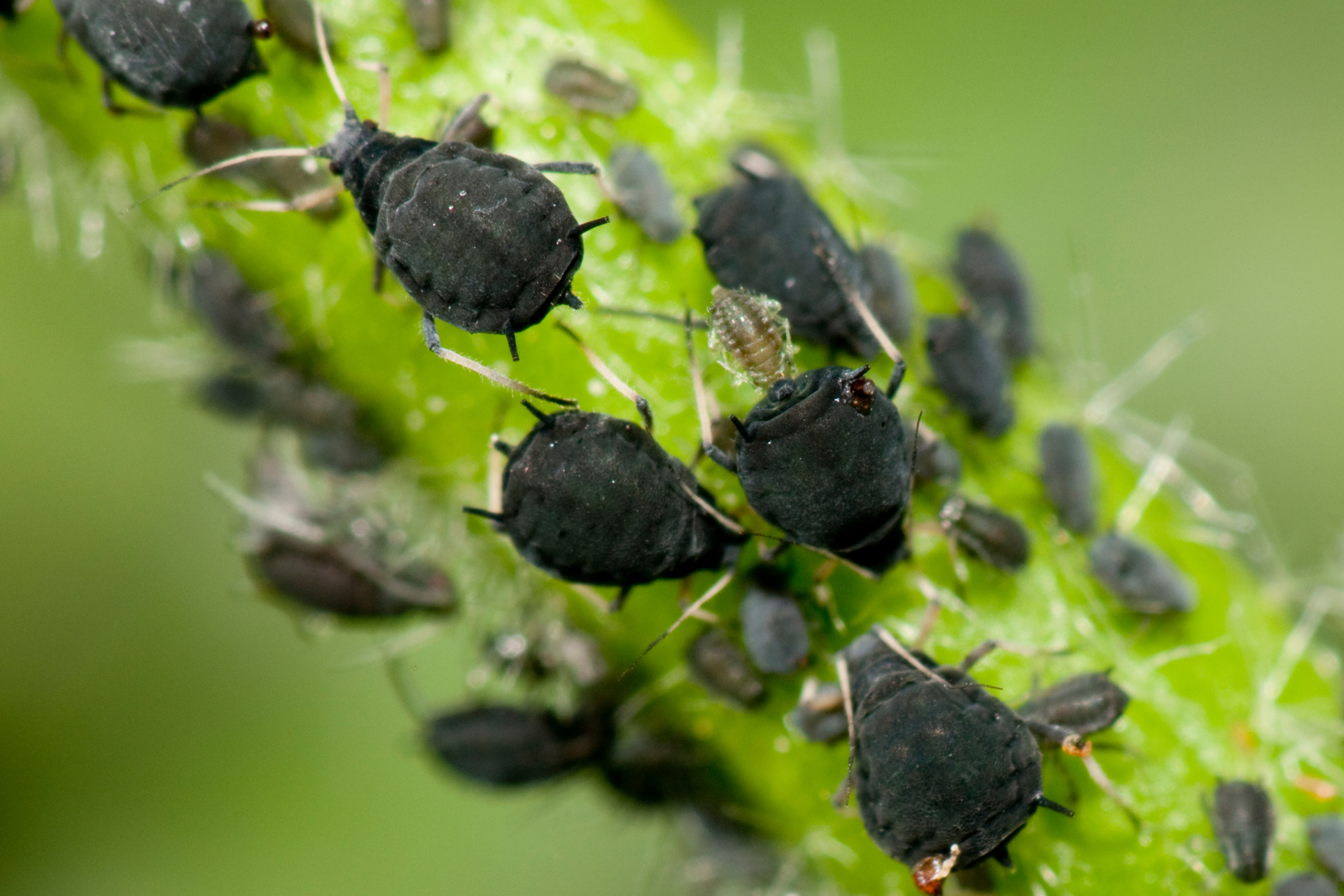
Indoor plants are not immune to pest problems. Knowing how to treat common houseplant pests is essential to keeping your greenery thriving.
Left unchecked, these tiny invaders can destroy leaves, stunt growth, and spread from one plant to another quickly. Here’s how to manage them.
1. Identify the Pest Type
Spider mites, mealybugs, fungus gnats, scale insects, and aphids are among the most common houseplant pests. Each has distinctive signs—webbing, white cottony spots, or sticky residue.
Carefully inspect the underside of leaves, stems, and soil surface regularly. Recognizing these signs early helps you take swift action before a full-blown infestation.
2. Isolate the Affected Plant
The best tip for houseplant care during a pest outbreak is isolation. Move the infested plant away from healthy ones. Pests spread easily in warm, indoor environments, especially if humidity is high. Isolating infected plants reduces the risk of a house-wide problem.
3. Use Safe Remedies
Opt for natural pest control methods first. Spray plants with a mix of water and mild dish soap, or apply neem oil weekly to affected areas. For tougher infestations, insecticidal soap is effective and safe for indoor use. Avoid harsh chemical pesticides, which can harm both plants and people.
4. Maintain Cleanliness
Prevent future infestations by wiping leaves with a damp cloth and removing fallen leaves from pots. Clean plant tools and trays regularly. Keeping your indoor garden tidy is a fundamental part of indoor plant care and helps eliminate places where pests can hide and breed.
How to Detect Issues with Your Houseplants
Catching problems early is key to learning how to keep indoor plants alive. Houseplants often show visible signs when something is wrong. Learning how to read those signals will improve your overall indoor plant care strategy.
1. Watch for Color Changes
Yellowing, browning, or pale leaves often indicate a problem. Yellow leaves may signal overwatering, while brown edges can suggest low humidity or too much direct sun. Take note of these changes and adjust your watering schedule, light levels, or humidity accordingly.
2. Check for Wilting or Drooping
Wilting plants might be thirsty or overwatered. This is why knowing how to care for potted plants includes understanding the soil moisture balance. Use a moisture meter or finger test to confirm before adding water. Drooping leaves may also mean root damage or poor drainage.
3. Inspect Root Health
If you suspect a deeper issue, gently remove the plant from its pot to inspect the roots. Healthy roots should be firm and white, while brown or mushy roots point to rot. Repotting into fresh soil and cutting away dead roots can save a struggling plant.
4. Look for Stunted Growth
If your houseplant stops growing or produces tiny, pale new leaves, it may be suffering from nutrient deficiency or poor lighting. Feeding with balanced fertilizer during the growing season and relocating to a brighter spot can boost recovery.
How to Care for Houseplants During Winter Months
Winter brings special challenges for indoor plant care. Reduced light, dry air, and cooler temperatures can stress even the hardiest houseplants.
Here’s how to care for houseplants during winter to keep them alive and well.
1. Adjust Watering Habits
Most houseplants go dormant or slow down in winter, so they require less water. Overwatering in colder months is a common mistake. Let the soil dry out more between watering sessions and reduce frequency. Monitor the moisture level closely to avoid root rot.
2. Move Plants to Brighter Spots
With shorter days and less intense sunlight, you may need to move your indoor plants closer to windows. South-facing windows are ideal for maximizing natural light. Clean windows to ensure light passes through, and consider using grow lights if needed.
3. Increase Humidity
Heating systems dry out indoor air, which can lead to crispy leaf edges and poor plant health. Grouping plants, using a humidifier, or placing pebble trays with water nearby are great ways to increase humidity. Misting can help, but it isn’t sufficient on its own.
4. Avoid Drafts and Temperature Swings
Keep plants away from heaters, radiators, and cold drafts near doors or windows. Most houseplants prefer stable indoor temperatures between 65–75°F. Sudden drops or spikes in temperature can shock your plants and stunt growth.
How to Deal with Toxic Houseplants
Many common houseplants are toxic if ingested by pets or children. Learning how to deal with toxic houseplants ensures a safe environment while still enjoying beautiful greenery indoors.
1. Know Which Plants Are Toxic
Popular houseplants like pothos, philodendrons, peace lilies, and snake plants contain compounds that can be harmful. Always research a plant before bringing it home. Use the ASPCA website or trusted sources to identify toxic species.
2. Keep Toxic Plants Out of Reach
Place hazardous houseplants on high shelves or in rooms that pets and kids can’t access. Hanging planters and wall-mounted shelves are great solutions. Educate family members about which plants to avoid touching or eating.
3. Use Non-Toxic Alternatives
There are many beautiful, non-toxic indoor plants available, such as spider plants, Boston ferns, and prayer plants. These are excellent choices for households with pets or small children. Switching to safe plants removes worry and supports a safer home.
4. Be Prepared for Emergencies
If ingestion happens, contact poison control or a veterinarian immediately. Keep the plant label or name handy for quick reference. Being informed and responsive is part of responsible plant care, especially in shared living environments.
Indoor Herb Garden: How to Get Started!
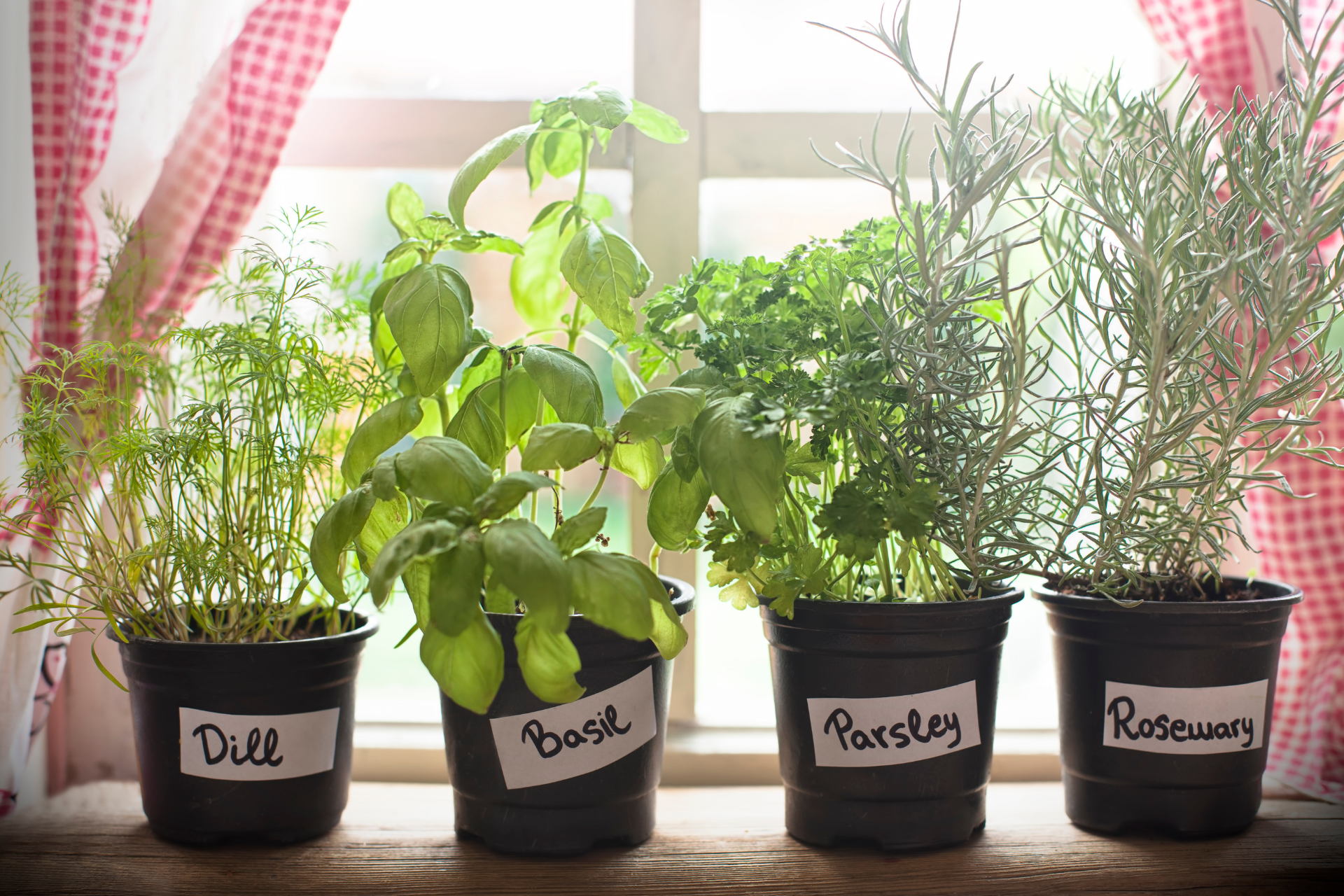
Growing herbs indoors is a rewarding way to add greenery and flavor to your kitchen. Here’s how to start your indoor herb garden and keep it thriving year-round.
1. Choose the Right Herbs
Some herbs adapt better to indoor environments than others. Good starters include basil, mint, parsley, thyme, oregano, and chives. These herbs don’t need huge containers and grow well in pots with proper drainage.
2. Provide Adequate Light
Herbs need 6–8 hours of light daily. Place them on a sunny windowsill or under a grow light. Rotate pots weekly for even growth and avoid placing herbs in drafty areas or near heat sources.
3. Water and Feed Consistently
Herbs prefer consistent moisture but not soggy soil. Water when the top inch of soil is dry. Feed lightly with organic fertilizer every few weeks to support new growth.
4. Harvest Regularly and Prune
Frequent harvesting encourages herbs to grow fuller. Snip just above leaf nodes and avoid cutting more than a third of the plant at once. Regular pruning prevents legginess and ensures a steady supply of fresh herbs.
How to Bring Outdoor Plants Indoors
Bringing outdoor plants inside during colder months or for decorative purposes can enhance your indoor space. Here’s how to do it the right way.
1. Choose the Right Candidates
Not all outdoor plants make good indoor companions. Choose compact, non-invasive species that can tolerate lower light. Herbs, succulents, coleus, and some ferns are great options.
2. Check for Pests First
Before bringing plants inside, inspect them thoroughly for pests. Rinse leaves with water or use insecticidal soap to prevent hitchhikers. Quarantine new arrivals for a few weeks to monitor for problems.
3. Adjust Light and Temperature Gradually
Outdoor plants need time to acclimate to indoor conditions. Gradually reduce light exposure and move them inside during mild days and cool nights. Sudden changes can shock plants and lead to leaf drop.
4. Repot and Refresh Soil if Needed
Outdoor soil may contain pests or weed seeds. Repotting with fresh indoor mix helps prevent contamination. Make sure the new pots have drainage holes and place them in locations that match their light requirements.
How to Care for Your Orchid: 10 Tips
Orchids are stunning indoor plants, but they require specific care to thrive. Whether you’re a beginner or looking to refine your skills, these orchid care tips will guide you.
1. Choose the Right Orchid Type
Not all orchids are created equal. Phalaenopsis orchids are ideal for beginners due to their forgiving nature. Understanding the variety you own is the first step in proper indoor plant care. Each orchid type has different light, water, and humidity needs.
2. Provide Bright, Indirect Light
Orchids love light, but direct sunlight can scorch their delicate leaves. Place them near east or south-facing windows with filtered light. If natural light is limited, a grow light can help maintain their blooming cycle. Light is crucial for how to grow indoor plants, especially orchids.
3. Water Sparingly and Strategically
Overwatering is a common mistake. Water your orchid once a week during the growing season and less in winter. Use tepid water and ensure it drains completely. Always allow the roots to dry slightly between watering to avoid root rot.
4. Maintain Proper Humidity
Orchids thrive in humidity levels between 50% and 70%. Use a humidifier, humidity tray, or place the orchid in a naturally humid room like a bathroom. Humidity is a major part of indoor plant care that many overlook, especially for tropical species like orchids.
5. Use Orchid-Specific Potting Mix
Orchids don’t grow in regular potting soil. Use a well-aerated mix of bark, perlite, and sphagnum moss. This allows air to circulate the roots. Understanding potting is essential to how to care for potted plants and specialty varieties like orchids.
6. Repot Every 1–2 Years
Over time, potting mix breaks down and suffocates the roots. Repot your orchid every one to two years, preferably after flowering. This refreshes nutrients and improves drainage, a key tip for keeping indoor plants alive.
7. Feed with a Balanced Orchid Fertilizer
During the active growing season, fertilize every two weeks using a balanced orchid formula diluted to half strength. Avoid fertilizing while the plant is dormant. Knowing when and how to fertilize is vital for plant care success.
8. Trim Spent Blooms Properly
After blooms fade, cut the flower spike above a visible node to encourage new buds. Regular pruning keeps your orchid healthy and promotes reblooming. This step is often skipped in plant care, but it’s crucial.
9. Watch for Pests and Diseases
Keep an eye out for mealybugs, scale, and root rot. If detected, isolate the orchid and treat with insecticidal soap or fungicide. Pest control is a major part of how to care for houseplants and should not be overlooked.
10. Be Patient and Consistent
Orchids reward consistent care with long-lasting beauty. If your orchid isn’t blooming, don’t give up. Assess light, watering, and feeding routines and make small adjustments. Indoor plant care is a long game, not a quick fix.
FAQs on How to Care for Indoor Plants
1. How often should I water indoor plants?
Watering depends on the type of plant, pot size, and environment. Most houseplants need watering once a week, but some prefer more or less. Always check the soil moisture before watering. Understanding the specific needs of your plant is key to how to care for indoor plants effectively.
2. What is the best light for houseplants?
Bright, indirect light is ideal for most houseplants. South or east-facing windows are usually best. Low-light plants can survive further from windows, while high-light plants need to be closer. Proper lighting is essential for how to grow indoor plants successfully.
3. Why are my plant’s leaves turning yellow?
Yellow leaves can mean overwatering, underwatering, or a lack of nutrients. Check soil moisture, drainage, and fertilization habits. It’s one of the most common indoor plant care questions and usually solvable with a few adjustments.
4. Do indoor plants need fertilizer?
Yes. During the growing season (spring and summer), most houseplants benefit from monthly feeding with a balanced liquid fertilizer. Learning when and how to fertilize is part of the best tips for houseplants care.
5. How do I keep indoor plants alive while I’m on vacation?
Group plants together to create a microclimate, water them thoroughly before leaving, and use self-watering stakes or place them in trays with water. This is a popular concern under tips for keeping indoor plants alive.
Conclusion on How to Care for Indoor Plants
Knowing how to care for indoor plants is more than just watering once a week. It’s about understanding their unique needs, light, humidity, soil, and feeding, and creating a consistent routine.
When you master the best ways to care for houseplants, you’ll enjoy greener, healthier indoor spaces year-round.
We’ve covered everything from how to care for potted plants and succulents to how to grow indoor plants during winter and handle pests.
With these plant care fundamentals in your toolkit, you’ll feel more confident keeping your leafy companions alive and thriving. Whether you’re curious about how to care for your orchid or dealing with toxic houseplants, consistent care and observation are the keys to success.
For more fascinating plant insights, don’t miss our feature on “50 Succulent Plant Fun Facts You Don’t Know.” It’s packed with knowledge that complements your growing indoor plant expertise.

